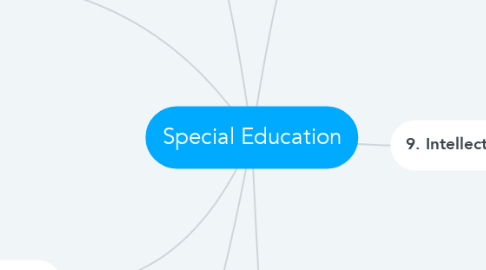Special Education
by Nikča Georgiánová


1. 21. Visual impairment
1.1. 22. Braille alphabet
1.2. 23. Colour blindness
1.3. 24. Guide dog
1.4. 25. White cane
1.5. 47. Blind people
1.6. 51. Optic nerve
2. 31. Speech impairment
2.1. Apraxia
2.1.1. 32. Lack of motor skills
2.2. Dysarthria
2.2.1. 33. Muscle weakness
2.3. Stuttering
2.3.1. 34. Muscle tension
2.4. 35. Speech therapy
2.4.1. 36. Speech therapist
2.5. 46. Be afraid of speaking
3. 37. Specific learning disabilities
3.1. Dyslexia
3.1.1. 38. Trouble with reading
3.1.2. 41. Reading skills
3.2. Dysgraphia
3.2.1. 39. A motor skill
3.2.2. 40. Trouble with writing
3.3. Dyscalculia
3.3.1. 42. Counting on fingers
3.3.2. 43. Issue with time
3.4. Dyspraxia
3.4.1. 44. Low muscle tone
3.4.2. 45. Poor balance
4. 52. Special education needs
4.1. 53. Be patient
4.2. 54. Individual work
4.3. 55. Teaching assistant
4.4. 56. Individual educational plan
5. 1. Hearing impairment
5.1. 2. Cochlear implant
5.2. 3. Auditory nerve
5.3. 4. Sing language
5.4. 5. Hearing aid
5.5. 6. Deaf people
5.6. 7. Hearing cells
5.7. 8. Hearing loss
6. 9. Intellectual disability
6.1. 10. Down syndrome
6.1.1. 16. Low muscle tonus
6.1.2. 17. Genetic disorder
6.1.3. 18. Big tongue
6.1.4. 19. Extra copy of chromosome 21
6.2. 11. Autism spectrum disorder
6.2.1. 20. Asperger's syndrome
